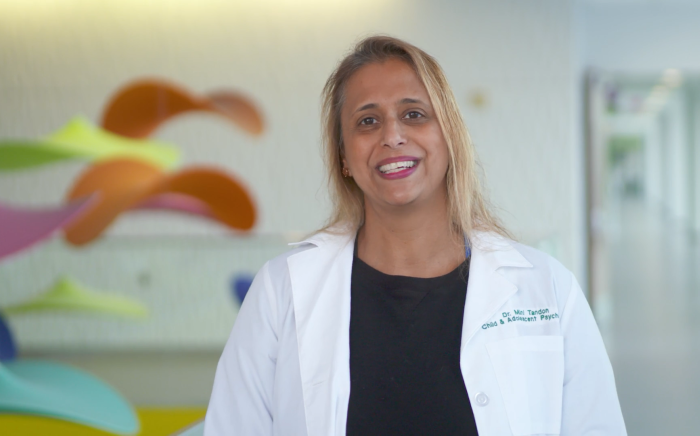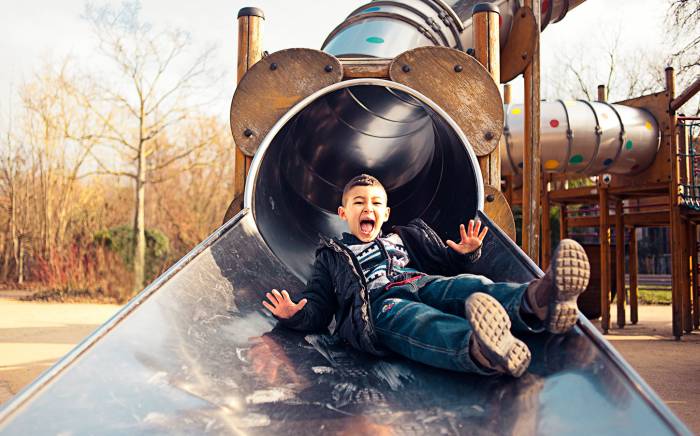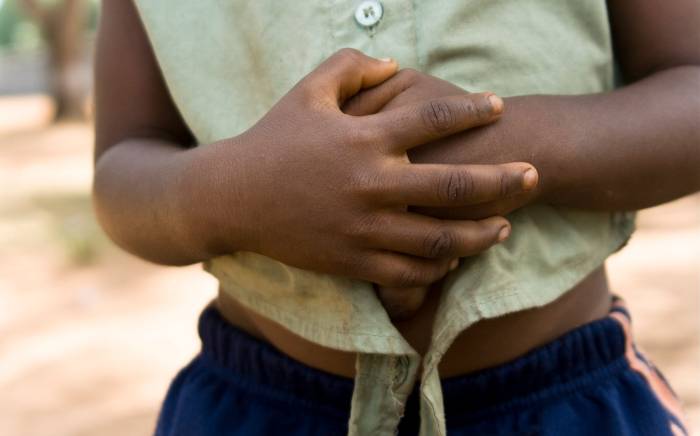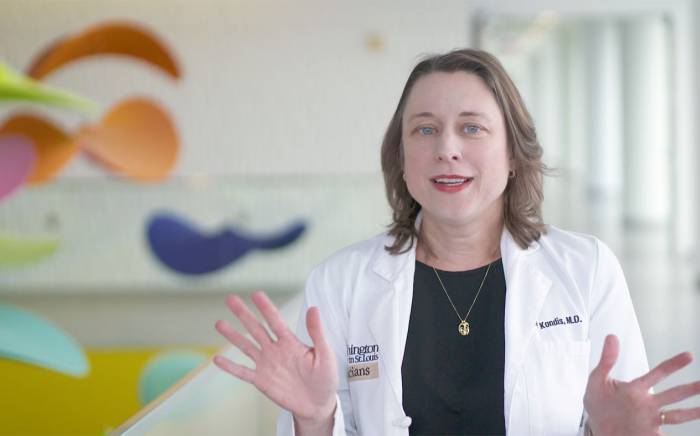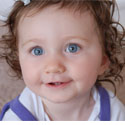 Baby Grace is one-year-old this week. With the twinkly blue eyes and eager smile of a giddy party hostess, she wears the face of a girl who’s ready to celebrate. But this particular party will celebrate more than the passage of one year.
Baby Grace is one-year-old this week. With the twinkly blue eyes and eager smile of a giddy party hostess, she wears the face of a girl who’s ready to celebrate. But this particular party will celebrate more than the passage of one year.
“It’s a big celebration of the end of the worrying,” explains Christie Tutschulte, Grace’s mom.
The uncertainty began at Grace’s 20-week ultrasound, where technicians discovered abnormalities in her lungs. The extent of the problem wouldn’t be clear until months after her birth, when she could undergo more conclusive testing.
The Tutschultes prepared themselves for all the potential diagnoses– that the cysts on Grace’s lungs were signs of chronic lung disease, or cancer. “My husband and I would lie in bed at night and cry and think about the possibilities,” says Christie.
The family began a comprehensive online search for information about lung lesions. Their research led them to a surgeon in Philadelphia who specialized in removing lung cysts thorascopically, or through a tiny incision in the chest wall. They traveled to that facility, underwent a series of tests and scans, and prepared for Grace to have surgery there at 4 weeks old.
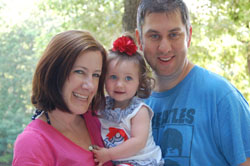
As a matter of routine, and at the recommendation of their pediatrician and nurse practitioner at the Fetal Care Center, the Tutschultes agreed to seek a second opinion. The Fetal Care Center is made up of Washington University physicians at Barnes-Jewish and St. Louis Children’s Hospitals.
Having already done their research and made their plan in Philadelphia, they knew this meeting would just be a technicality.
Then they met Dr. Brad Warner.
“I remember how intelligent this family was,” says Dr. Warner, surgeon-in-chief at St. Louis Children’s Hospital and the Jessie Ternberg distinguished professor of surgery at Washington University School of Medicine. “They’d done their homework and asked great questions. Their level of concern for their child was remarkable.”
Dr. Warner described his experience and expertise removing lung lesions. He explained the types of procedures offered at both St. Louis Children’s Hospital and in Philadelphia.
Both institutions have experience removing lung lesions thorascopically. In the event an entire portion of lung would need to be removed, the Philadelphia facility would attempt to do so thorascopically as well, but with the risk of eventually requiring an open incision.
“But they’d still have to make an incision to remove the lobe of the lung,” explains Dr. Warner. “The open incision that I’d make is really not much different in size to the thorascopic incision. They’d basically be driving to Philly for a few centimeters.”
The Tutschultes were moved by Dr. Warner’s explanation and comparison of surgical techniques. They formed an instant connection.
“He walked through the plan of exactly what he’d do and the different scenarios,” says Christie. “We could just tell that he was the surgeon for us and that St. Louis Children’s Hospital was the place to be. We were so happy that it was right down the street.”
Meanwhile, Grace still had not had any complications or symptoms from her lung lesions, so the Tutschultes and Dr. Warner decided to wait until she was a bit bigger, stronger, and ready to withstand surgery.
At three months of age, the Tutschultes finally got their diagnosis. A CT scan revealed that Grace has Congenital Cystic Adenomatoid Malformation (CCAM), which causes cysts to form in the lungs. She had such a heavy concentration of cysts in her left lung, that the entire lower lobe would need to be removed.
“That day was scary,” says Christie. “They (the Fetal Care Center) walked us through what to expect. The team in the waiting room was wonderful. They even got me a breast pump and showed me the lactation room so I could pump while I waited. I was impressed that they thought breast-feeding was as important as I did.”
The procedure was a success. “Grace never took any pain medication other than Tylenol for about a week. And she made a wonderful recovery.”
Grace will compensate for her reduced lung capacity. When she gets older, she should be able to participate in normal activities like running and jumping with no complications.
When she gets older, she may need additional surgeries. She has another small cyst below her diaphragm that may need to be removed if it gets larger. Dr. Warner and the Tutschultes will keep an eye on it for the next year. And they’ll pray.
“I pray before every big operation,” says Warner. “Before complex cases, it helps to just pause and ask for help.
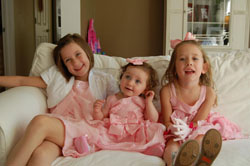
“It was so powerful that a man of the medical community realizes how important prayer is in dealing with medical conditions,” says Christie.
For now, the Tutschultes are happy to have answers about Grace’s condition, a plan in place for her care, and the very best surgeon to guide them.
What a difference a year makes.
“Last year when she was born we were so happy, but so worried. It was such a mix of emotions. Each day, we’ve let some of that worry fade.”

